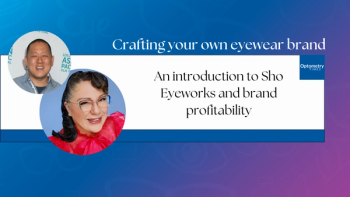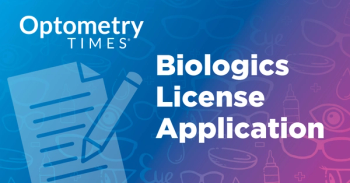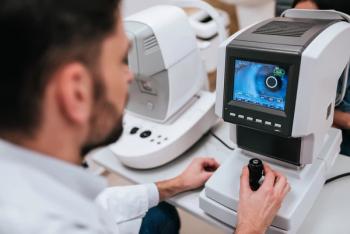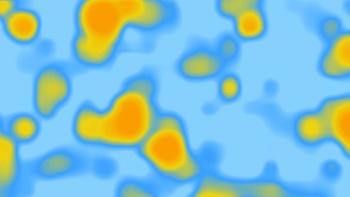
Technology conquers challenges of fitting contact lenses for irregular corneas
New hybrid contact lenses offer improved technology and a broader range of designs that allow optometrists to fit almost any patient with an irregular cornea.
Nashville, TN-New hybrid contact lenses (CLs) offer improved technology and a broader range of designs that allow optometrists to fit almost any patient with an irregular cornea, said Walter L. Choate, OD.
"Using this hybrid technology, we can offer [patients with challenging conditions] the crisp vision of a rigid gas permeable (RGP) lens combined with the comfort of a soft contact lens for outcomes that are gratifying to them as well as to us," said Dr. Choate, a private practitioner in Nashville, TN.
In choosing from among the products in the SynergEyes line, he advised optometrists not to be pigeonholed into basing their selection on the name of the lens and the patient's history or diagnosis. Further, topographic evaluation is essential for contact lens fitting of irregular corneas, but topographic maps may not reveal all of the idiosyncrasies present on the corneal surface. Using the diagnostic set, therefore, is essential for evaluating the lens choice, Dr. Choate said.
"If you are uncertain about which of the three models to choose from, the SynergEyes A often offers a good starting point, making the patient 'earn' the more advanced designs," he said.
Although the spherical base curve SynergEyes A is indicated for patients with naturally occurring ametropia and corneal astigmatism, it may also be appropriate for eyes with micro- or mild irregular astigmatism, including eyes with mild keratoconus, or for eyes that are mildly prolate or mildly oblate after surgery, especially if the oblate area is not too large.
Fitting the SynergEyes A in eyes with regular astigmatism can be done without fluorescein and begins by choosing a lens that is at least 1.5 D steeper (0.3 mm) than the flattest K. The fit for eyes with some corneal irregularity, however, begins with a lens closest to the steep K. In addition, placement of a drop of high-molecular-weight fluorescein into the bowl of the lens is mandatory. The ideal fit shows minimal if any touch between the posterior surface of the lens and the central portion of the cornea, along with absence of large bubbles under the lens, he said.
Designed for keratoconus
Dr. Choate noted that the SynergEyes KC is an aspheric lens with a prolate ellipsoidal base curve that represents the first hybrid contact lens designed specifically for eyes with keratoconus. It is also very useful for eyes with ectasia after refractive surgery and can be an option in eyes with pellucid marginal degeneration, he continued. For keratoconic eyes with early to moderate peripheral cones or early to advanced central cones, this lens offers better comfort and much better acuity than RGP keratoconus designs, since the SynergEyes KC centers perfectly on the cornea.
For a given base curve radius, the Synerg-Eyes KC lens has three skirt curve options (steep, medium, flat) for fitting flexibility. For the first diagnostic fitting, the optometrist should select a lens with a base curve radius that is closest to the radius of the cone after rounding up and using the medium skirt curve.
Fluorescein assessment
The evaluation is done with high-molecular-weight fluorescein, and the assessment should be made twice-first after waiting 15 to 30 seconds for the fluorescein to dissipate and then after 5 to 10 minutes, allowing for identification of subtleties of the cornea/lens relationship that become more apparent with time.
"The goal is to fit the steepest base curve without there being large, central bubbles," he said. "The landing should be in the soft skirt with light touch at the 9.0-mm chord diameter, and there should be no scleral impingement or edge fluting of the soft skirt. In addition, the lens should move up freely with push-up on the lower lid."
If there is a large central bubble, the solution is to flatten the base curve radius.
"However, before assuming the problem is with the fit, make sure the lens was inserted with enough fluid in the bowl," she noted.
Newsletter
Want more insights like this? Subscribe to Optometry Times and get clinical pearls and practice tips delivered straight to your inbox.










































